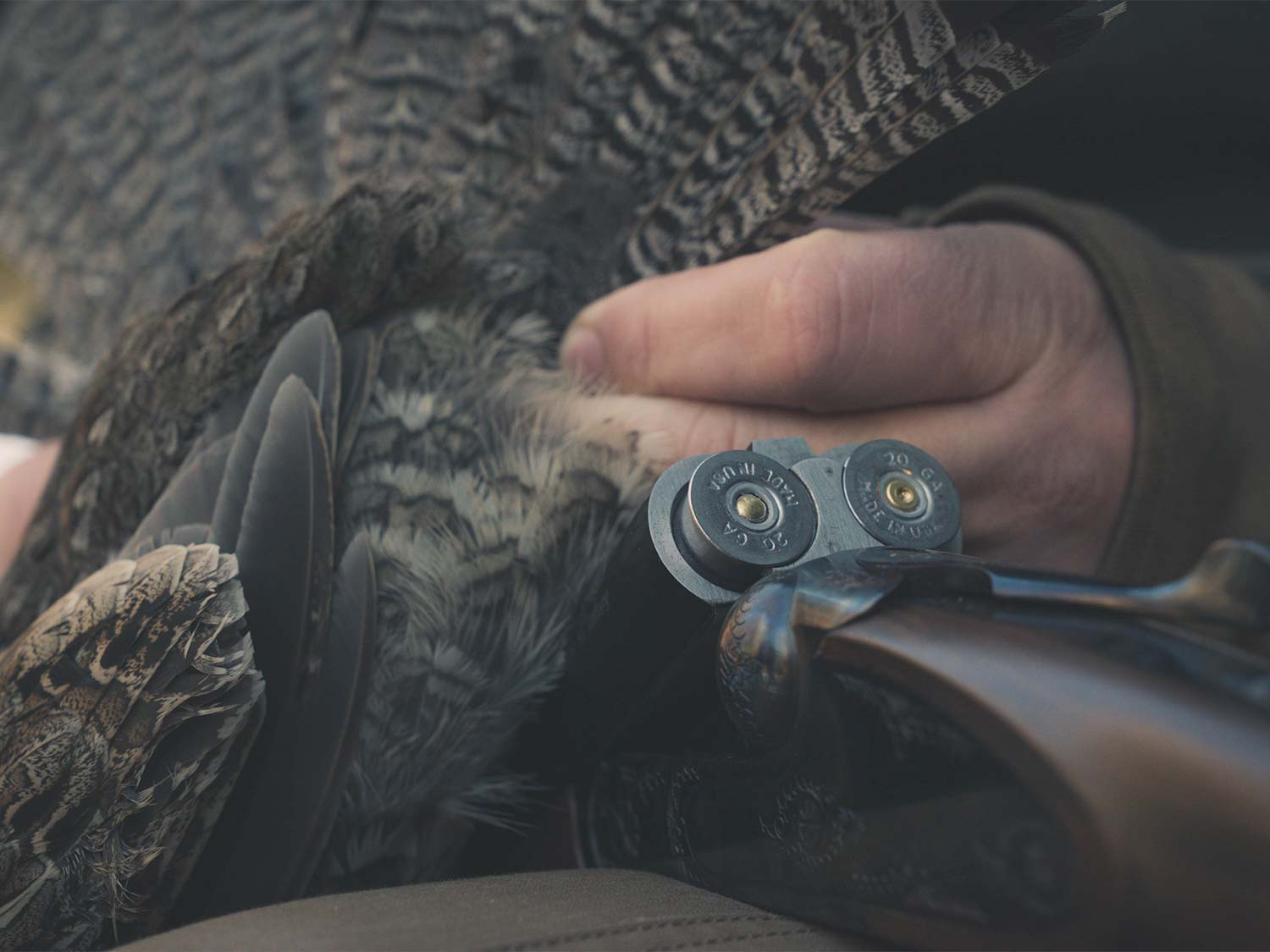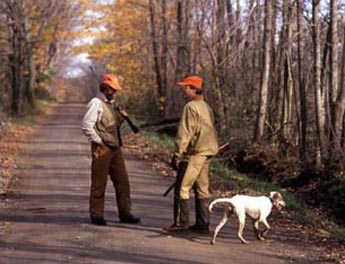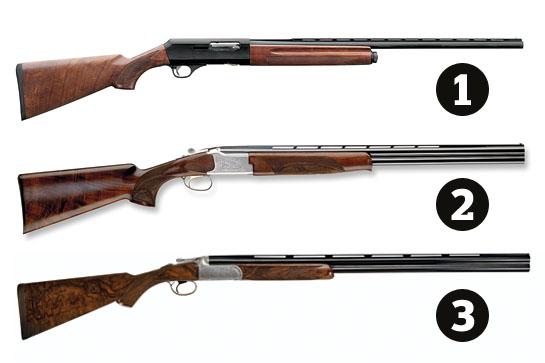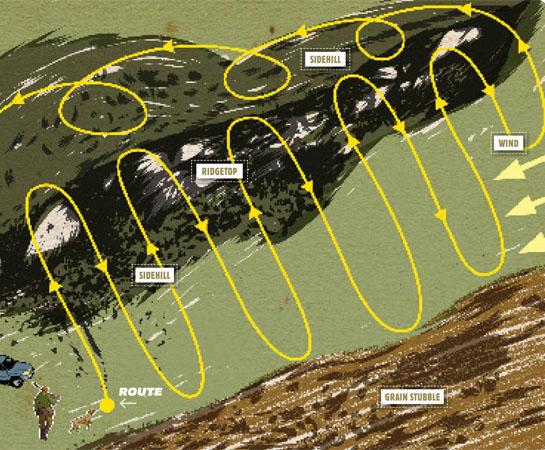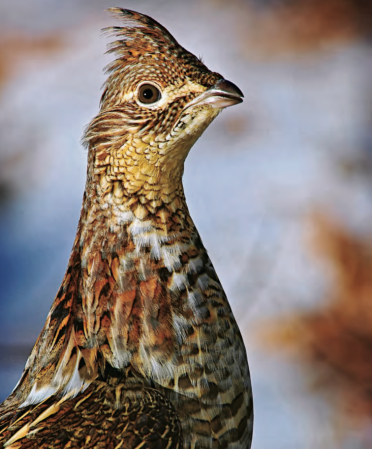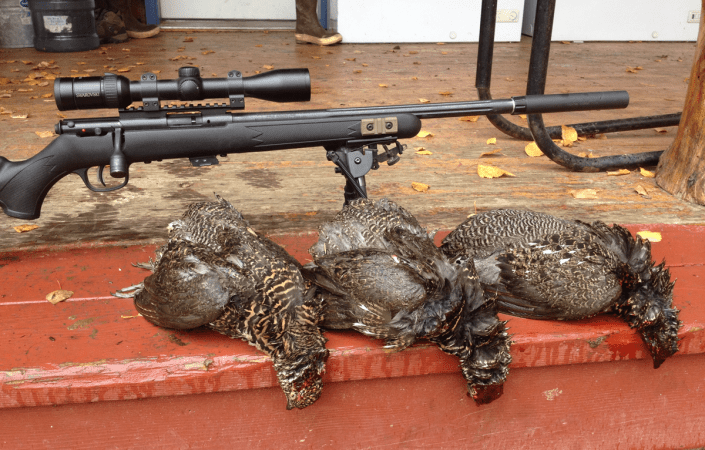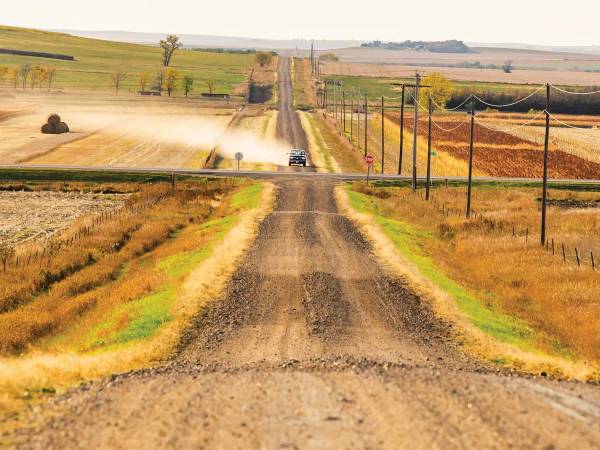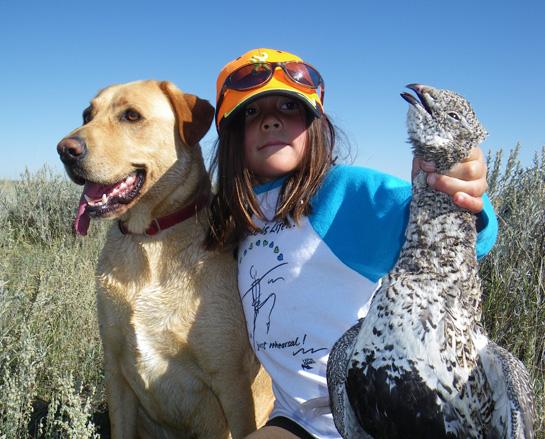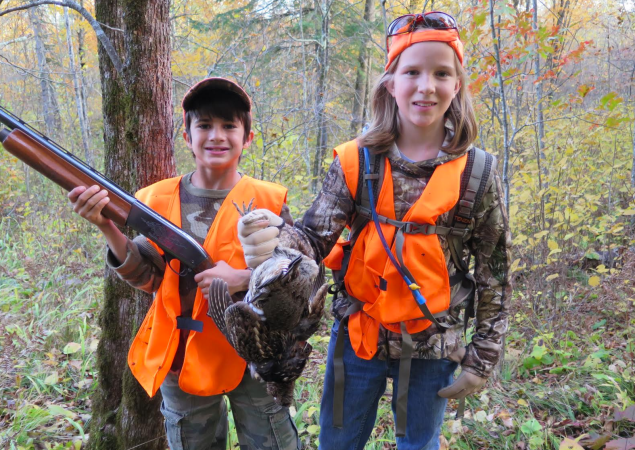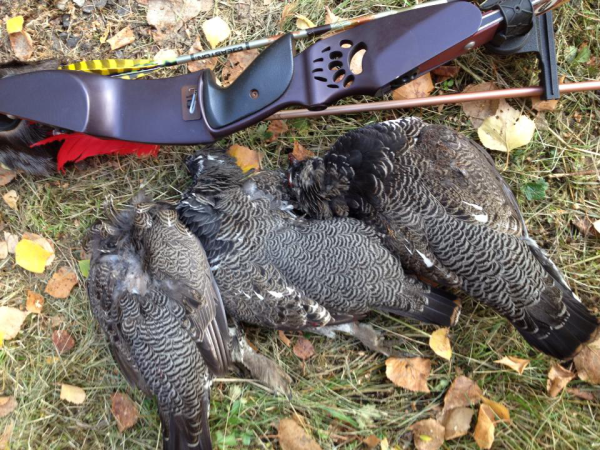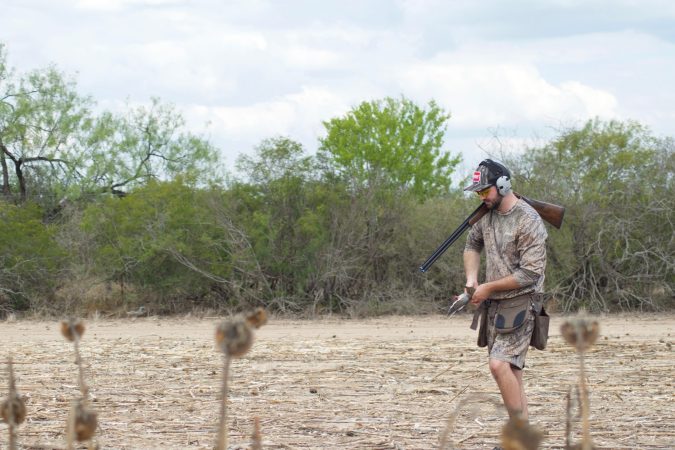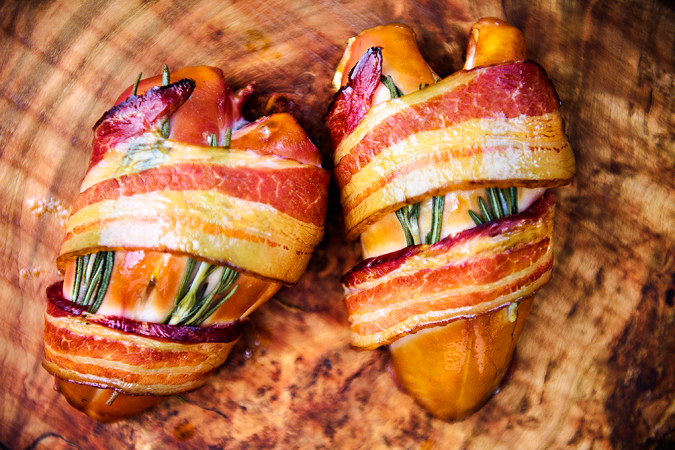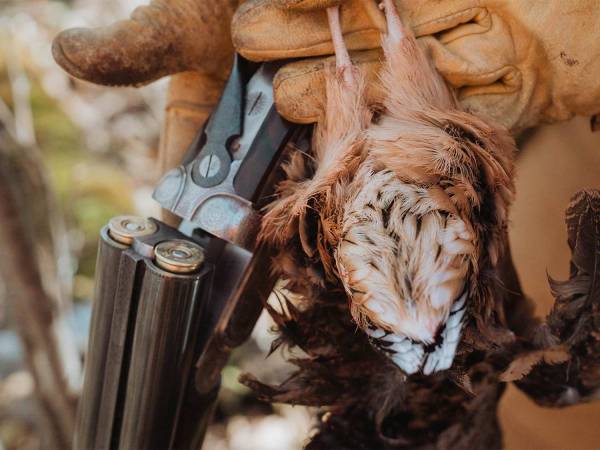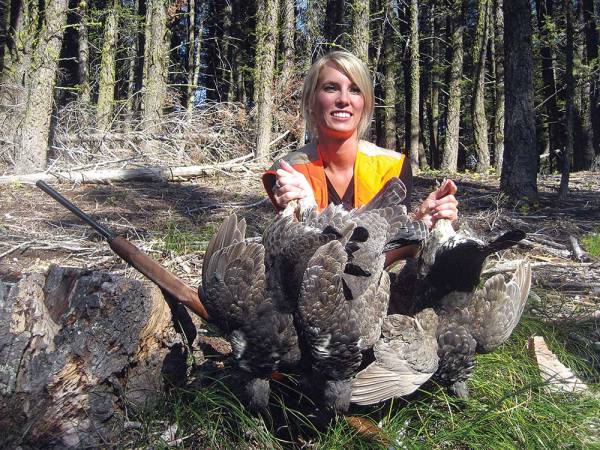We may earn revenue from the products available on this page and participate in affiliate programs. Learn More ›
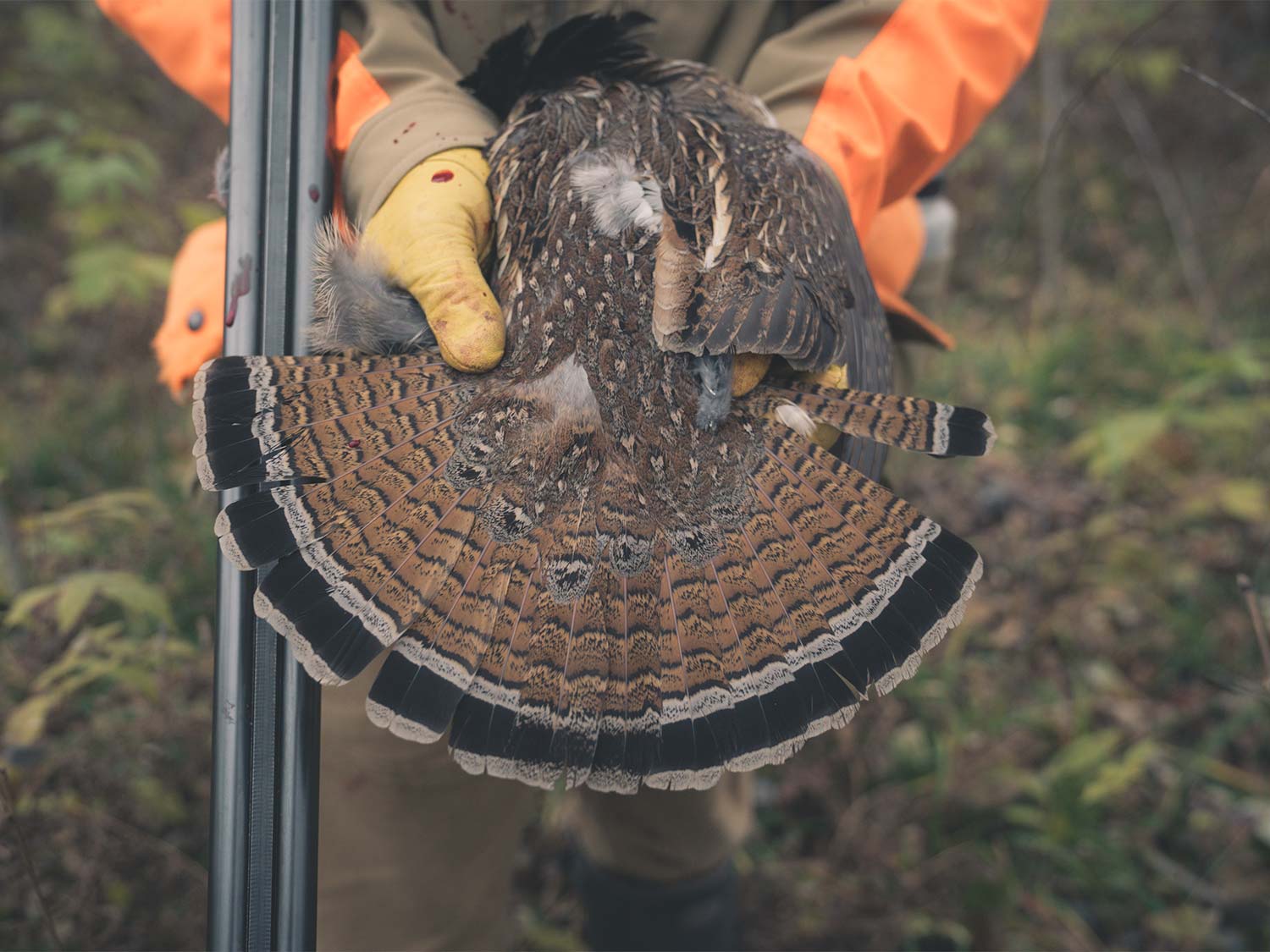
A low electronic hum created an ambient sound that complemented a smell that was a mix of what I could only guess was steel, gun oil, and concrete well aged in this fluorescent-lit room hidden in the back of a parking lot. The industrial metal door thumped shut like we were barricading ourselves from a zombie apocalypse. A Purdey over-under leaned against a dusty workbench to my immediate right, the surfaces filled with what seemed like a disastrous maze of tools, parts, and who knows what else, that with the slightest touch could send piles cascading to the ground like an avalanche just waiting for a tipping point. Stephen Hutton of Britannia Sporting Arms, AKA “Doc,” spoke with a thick English accent in slow, deliberate precision to Gregg Elliot, a gun writer, and double gun connoisseur.
Without delay, we soon huddled over one of Gregg’s original Fox A Grades, disassembled next to the newer Savage Fox A Grade. As I snapped pictures, Doc spoke. “Would you like me to take it down further?”
It was no shock what we would find. Despite their similar names, these guns are not the same. The modern version is a rendition of the Connecticut RBL made more in commemoration of the original A Grade in name and looks but not mechanics. Gregg took careful time to show me the inner tooled workings of the original shotgun. You could see the markings of chisels and faint memories of a fine American craftsman long gone.
On the surface, when a grouse hunter walks out of the woods, side-by-side in hand, grouse dog in tow, bell jingling around a modern GPS collar, it does not look much different than 100 years ago. Yet innovation is at every corner in the modern age. New technical fabrics, more durable and practical boots, even the advancement of electronics have infiltrated this timeless pursuit. It is an exciting time to be a hunter. Yet a paradox exists in the double guns we carry. The introduction of the Anson and Deeley action by Westley Richards in England, or more commonly referred to as the boxlock, was invented in 1875 and as Elliot wrote in the article The Insult That Conquered the World, “If you’ve ever fired a side-by-side or over-under, there’s a 99.9 percent chance your hands have touched one of Westley Richards’s patents.”
This was not the first time I found myself looking over Elliot’s shoulder learning the ins and outs of the double gun. We had traveled to Italy together the year before where we spent a few days touring the Beretta factory. This is where the paradox began to reveal itself to me. As we looked at a 3-D printer and a perfect digital rendition of the inside of an actual gun barrel right before our eyes, I realized there was no bounds to how precise a double gun could be.
Getting Started on Side-by-Sides
Open a grouse hunter’s gun safe and you might see a blend of vintage guns from brands that leave us scratching our heads, no-name guild guns, to modern shotguns that may look too beautiful for a walk in the uplands. I, like many grouse hunters, am in search of the perfect grouse gun. Some of the components are consistent. A combination of open chokes—IC, skeet, or cylinder—as many vintage guns are fixed in that regard. I have a tendency toward shorter barrels so as not to swing into unsuspecting trees at the flush, but there is an ongoing debate for the use of longer barrels.
If this nostalgia is luring you into a trance, I have some good news. Getting your toes wet in the side-by-side market is more achievable than ever. With the advent of CNC manufacturing you can buy a new side-by-side shotgun for under $1,000. My first side-by-side was a 12-gauge Stoeger and after putting a rather large dent in my shell supply with little reward, I swore off the idea.
So I switched to an over-under 20-gauge Franchi Instinct L and began to learn some valuable lessons about grouse guns. The first, learned from the Stoeger, was that since I was 5-foot-5 and 150 pounds, the 12-gauge was not meant for me. The second, after buying the the Franchi, was lighter does not always mean better when it comes to a fluid swing and shooting straight. The first bird I ever shot over my dog was with that Instinct L, and it holds permanent real estate in my gun safe as a result—the lone over/under in a collection of side-by-sides.
When I finally gave the side-by-side another chance it was with the CZ Sharp-Tail. It’s look mimics that of a sidelock (a topic which we’ll save for another day), but it is not in its mechanics. At the same time, I had just begun learning about the Churchill method of wingshooting, and while sitting next to my desk, I began a daily ritual of dry mounting it to encourage muscle memory of the perfect gun mount. That season was memorable, and that shotgun treated me well. It renewed my nostalgic idea of shooting a double gun for grouse. It was a good stepping stone but the single trigger left me wanting. Double trigger shotguns have always been in the hands of grouse hunters, and I wanted one.
My worldview started to evolve on shotguns. When traveling, I would jump at any opportunity to shoot something different, not great for reaching my wingshooting potential, but I wanted to know what various guns felt and shot like. Vintage guns seemed to be popular in the upper Midwest. I rotated from Fox to Parker’s never really finding something that swept me away. My lesson in gun fit had not yet occurred and my path down the road of vintage guns was still a new frontier to be imagined.
At $655, the CZ Bobwhite G2, was the gun that would ultimately push me further into the grouse gun paradox, which resulted in the mass sell-off of my other guns so I could afford it. Finally, I was becoming a side-by-side only grouse hunter. With a straight English stock, two triggers, and a decent fit out of the box, I loved this gun. If you want to get your toes wet, this is it, but I take no responsibility for what follows, you have been warned.
Read Next: The Toughest Grouse Hunts are Always Worth It
The Never-ending Search
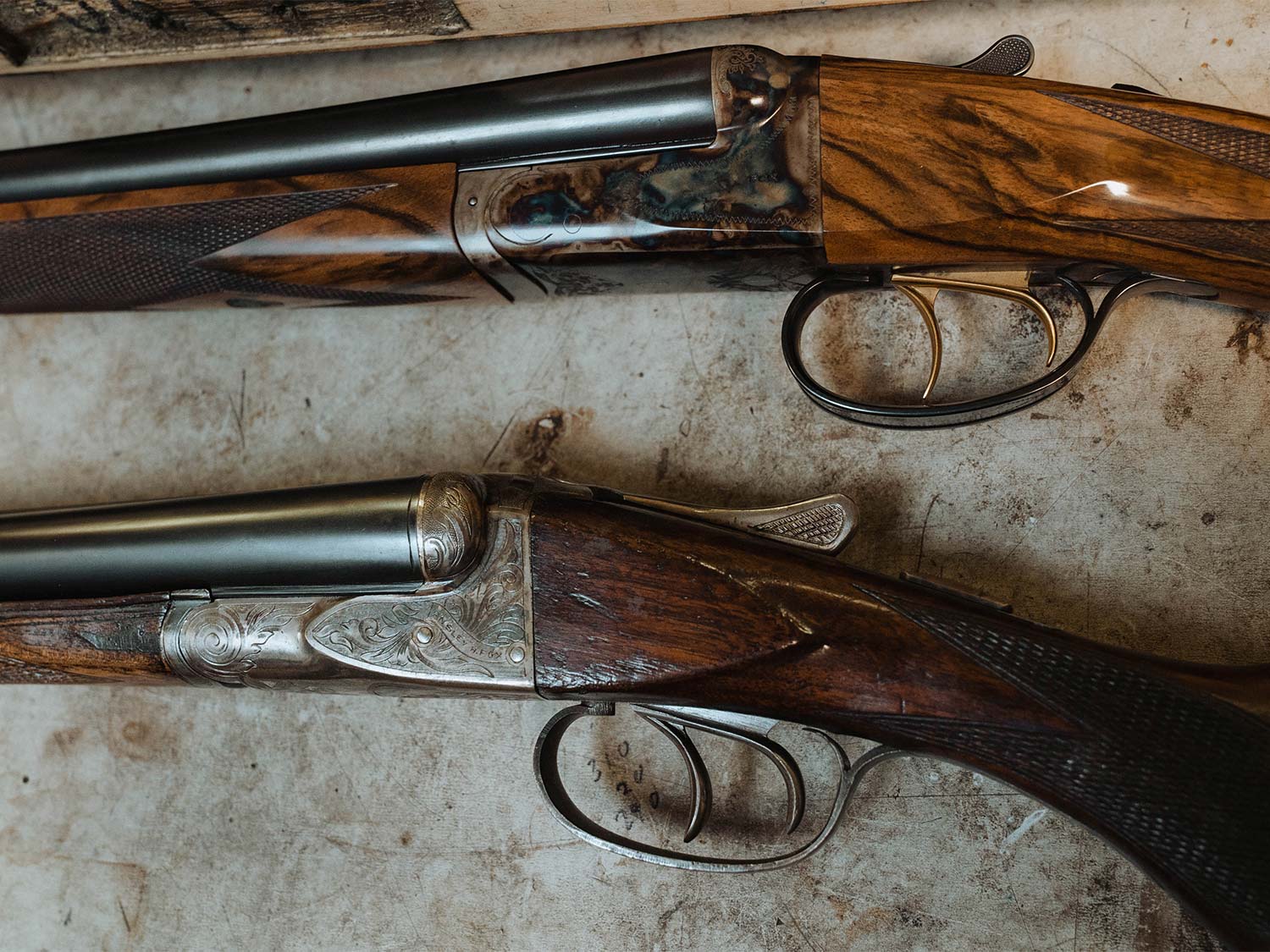
For grouse hunters, finding the perfect gun is often a never-ending search. Even when you find a gun that’s “the one” you will likely horse-trade your way into something different eventually. You’ll most certainly conjure up new ideas such as, “well, I do not own a German-built gun” or “maybe I should try out a 28-gauge this season.” Grouse hunters lie to themselves. We want to find the best grouse gun, but we also don’t, because then the endless pursuit for the perfect side-by-side would, well, end.
You can find obscure side-by-sides on used gun shelves for as little as $200 and you can buy a bespoke sidelock shotgun for hundreds of thousands of dollars. You will find your gunsmith’s phone number more commonly dialed than your mechanic’s. You will share pictures of your shotguns with others like they are your children (after you have shown your dog photos, of course). I remember towwhen I found “the one,” the first time… A flight of woodcock had flooded a Minnesota bird cover and Project Upland Podcast host Nick Larson had just bagged his limit bird. He swapped me a 28-gauge Spanish-built AYA for my camera on the final leg of our hunt. It immediately became a part of me. It was like a string was attached to the birds and my shots found their mark with ease. Larson is about the same height and build as me and the gun was custom-fit to him, remarkably close to my measurements.
Boxlock vs. Sidelock
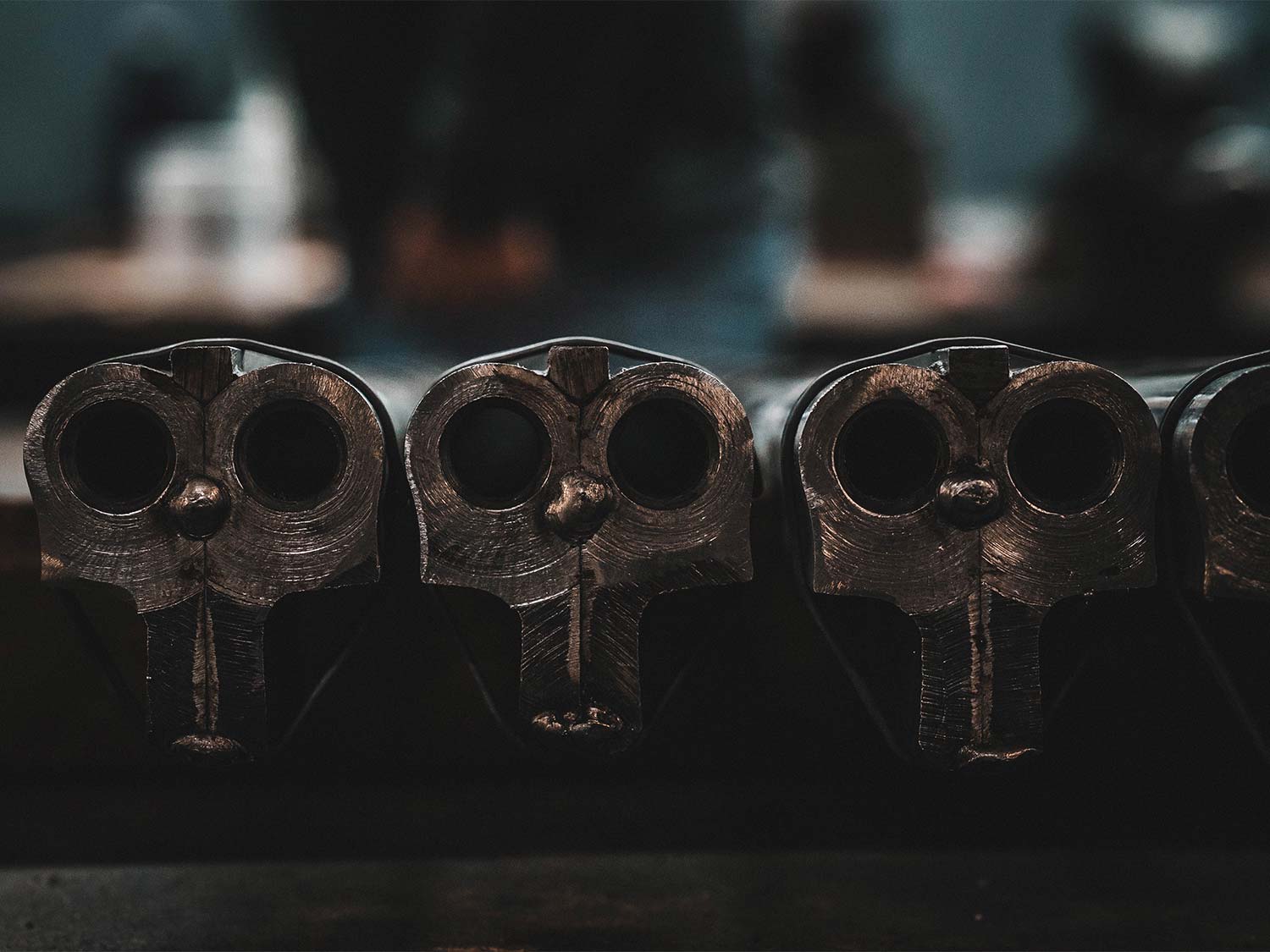
Some months later I found myself in a room in Eibar, Spain, stacked to the ceiling with blocks of wood, with a man named Alex Aranzábal, fourth generation of the AYA family name. He listed some countries and said “which would you like your wood to be from?” Since it was a Spanish-built side-by-side, I blurted “Spanish walnut, of course.” For a week, I learned about new things like proofing, cutting edge science on case hardening, and watched as master craftsmen built works of art as I filmed the story of this iconic brand. Much time was spent with a specific man as he created demi-bloc barrels in traditional fashion using silver to bind the chopper lump barrels together. Although young, in his 30s, I have no doubt that all the people that know how to build barrels in such fashion could fit into a very small room.
The AYA #2 is a sidelock. Mechanically, the sidelock is a more elaborate shotgun to build then the boxlock. It is not conducive to mass production and is often the way fine gun makers show off their craftsmanship. Elliot wrote in that same article that “Sidelocks and boxlocks are the English and German shorthair pointers of the gun world. If you’re a devout fan of one, you’re certain the other’s no good.”
I have witnessed such sentiment in more seasoned double gun owners and soon after I started my season with an AYA I gravitated to another shotgun and blasphemy behold it was a boxlock. And just when you have settled on your perfect grouse gun, your worldview will be ripped out from underneath you, and it starts all over again. The Savage Fox A Grade is quite the piece of machinery and for reasons unbeknownst to me, I shoot it better than my AYA.
I am not wealthy and well experienced in dodging the calls of debt collectors in true Millennial fashion, yet my bartering skills are honed. I sell off other guns, trade gear, and have pieced together a collection that has grown with time. I acquired my grandfather’s hammered Damascus barreled Belgium guild gun that he brought from Italy. Also my wife’s grandfather’s Spanish built .410, and soon I will be prospectively looking at a Merkel 47E. I did not know I needed a German-built Merkel until a recent sale of camping gear resulted in a trade negotiation. Now, I know that I most definitely need a German side-by-side, even if this deal falls through, because that is the paradox. I simply “need” one.
Despite all of this, I am still a sucker for a good Italian made shotgun. And a recent study with Project Upland showed that I am not alone. Ninety-one percent of those surveyed said that Italian-built guns are of higher or the highest quality, outpacing all other countries in this regard. The most recent shotgun I ordered is new to the states, an RFM Zeus G2, exclusively imported from Italy by the recently launched, Upland Gun Company. I learned that I needed this gun when a friend pointed out that this shotgun perfectly fills the price gap from my comfort food, the CZ Bobwhite to the grand leap of a bespoke AYA. The 20-gauge has a hand-checkered boxlock, case hardened, straight English stock, with double triggers, and a custom case that costs about $3,000. I will sell some other guns to pay for it, if you must know.
Perhaps the most exciting part about “grouse guns” is the storied path, one that you get to write however you imagine it. There is no right gun, there is no best gun, but there is always the next one and the oral history of all the ones that got away or have since been let go. And with companies like Fabarm releasing their new Autumn and imports from R.F.M. hitting the states via the Upland Gun Company, it is evident that there is a revival in the side-by-side grouse gun culture perpetuating its existence in this golden age of upland.
